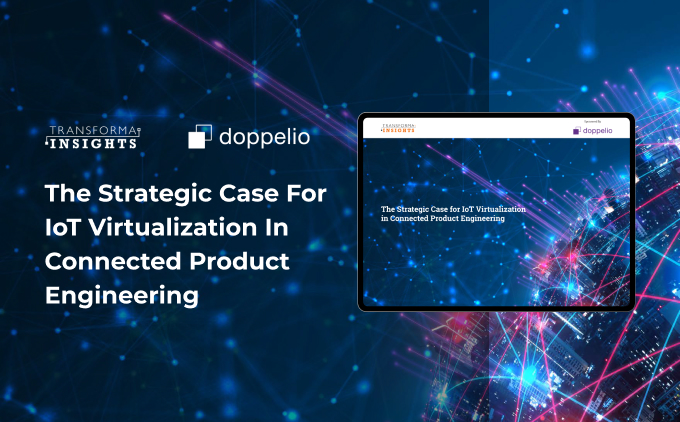Key Takeaways
- Early IoT testing through virtualization cuts costs and accelerates development times.
- Emulation software allows simultaneous testing of functional and non-functional aspects, reducing reliance on field testing.
- Virtualized environments are crucial for developing AIoT solutions and enhance collaborative testing across various platforms.
The Shift towards Virtual Testing in IoT
Transforma Insights, in collaboration with Doppelio, presents a whitepaper emphasizing the importance of integrating virtualization into the IoT product lifecycle. With growing complexities in connected product engineering, early testing can lead to reduced costs, expedited development timelines, and enhanced management of connectivity after deployment. As a result, many developers are increasingly adopting virtual testing methodologies.
The report delves into the trend of “left-shifting” IoT testing, where product teams are incorporating emulation software to minimize reliance on traditional field testing. Utilizing virtualization tools enables developers to simulate various deployment scenarios and execute tests at scale. This approach allows teams to run cloud, edge, and device software development in parallel, thereby addressing intricate environments more efficiently.
Advantages of Virtualized IoT Simulations
Emulators provide the capability to evaluate both non-functional and functional aspects concurrently. This dual testing ability substantially decreases the need for costly field experiments, thus diminishing the possibility of issues arising later in the process that can prolong release timelines. The flexibility afforded by virtualized testing allows for comprehensive evaluation of devices in diverse, replicated environments, streamlining the quality assurance process.
Cloud and Edge Emulation
Virtual testing enables separate assessments of on-device and cloud environments, facilitating end-to-end system testing. This structured testing approach not only speeds up evaluation but also addresses corner cases that might be overlooked in traditional testing methods. Furthermore, automated testing processes can be incorporated, maximizing efficiency.
Choosing the Right Testing Platform
Doppelio stands out as a leading platform that exemplifies the capabilities necessary for a virtualized IoT software testing environment. Such environments should support simulated and emulated twins that closely mirror real-world scenarios. A robust testing platform can significantly enhance the efficacy of product development by providing realistic emulation of physical devices and behaviors.
The Role of AIoT
The dynamics of Artificial Intelligence in the Internet of Things (AIoT) accentuate the necessity for virtualization in testing environments. As the adoption of AIoT solutions grows, virtualized environments will play a pivotal role in developing and deploying these technologies. An improved support infrastructure will enable OEMs, cellular and satellite operators, and systems integrators to capitalize on the benefits of virtualized testing setups.
In conclusion, the transition to virtualized IoT test environments offers substantial advantages across the board for connected device manufacturers and solution providers. By leveraging tools like Doppelio for behavioral simulations and device virtualization, organizations can enhance their development processes and improve product quality, ultimately fostering innovation in the IoT sector.
The content above is a summary. For more details, see the source article.















